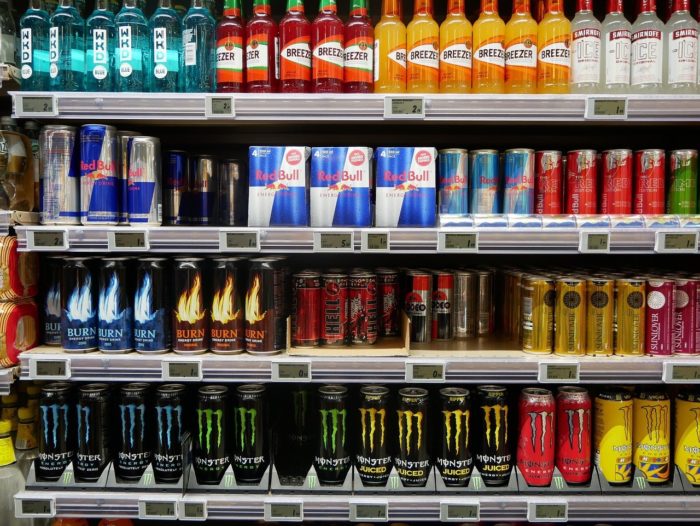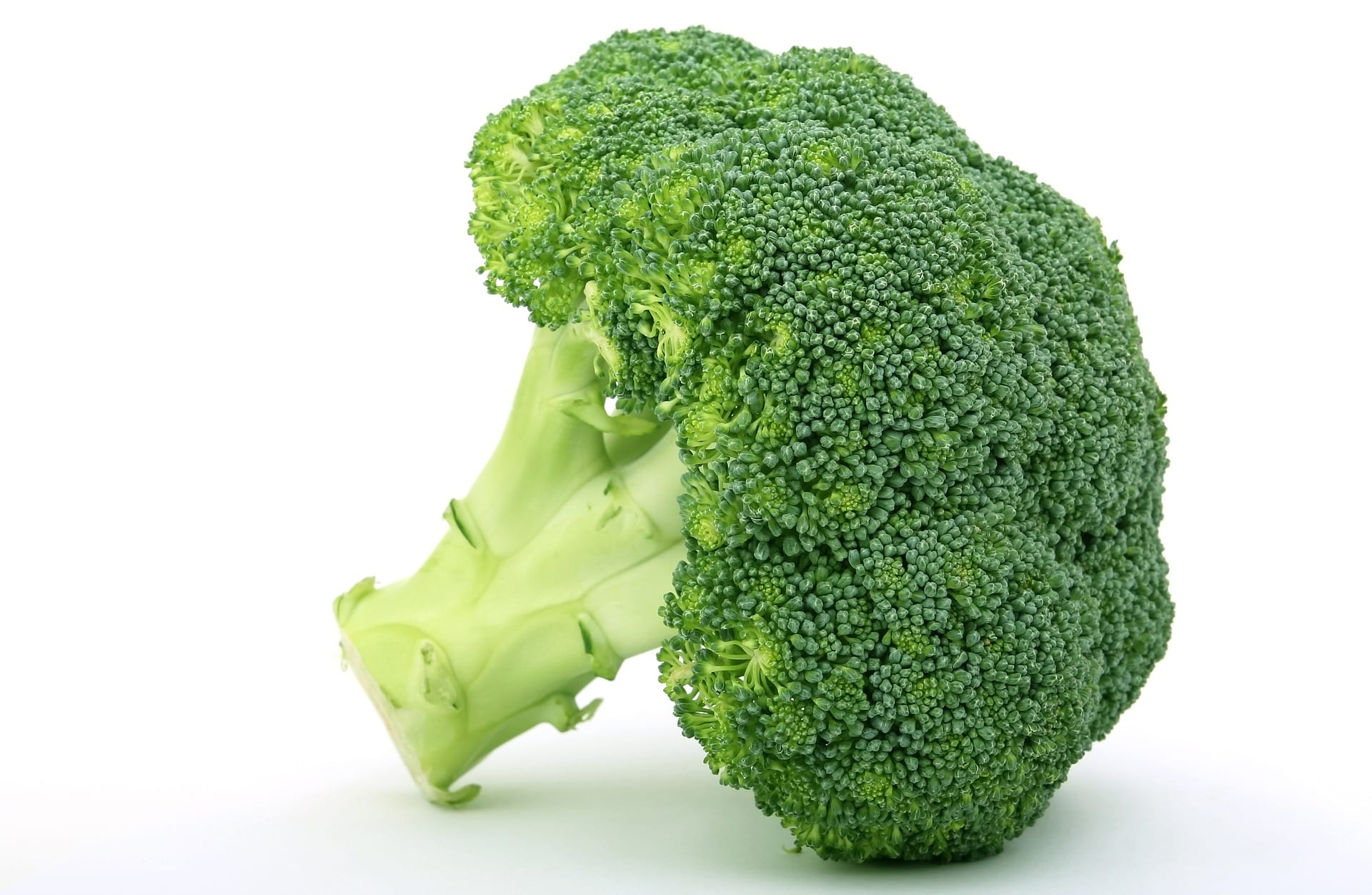El consumption of energy drinks in children can have dire consequences for your development. Not surprisingly, more and more reports alert us to increasingly worrying figures. Why does the proportion of minors who consume them increase more and more? Is the marketing? Discover below some of the possible causes as well as several proposals to solve it.
Consumption of energy drinks in children: worrying data
La AESAN (Spanish Agency for Food Safety and Nutrition) details the phenomenon with hairs and signs in its last report. From this it follows that One in every four children from four to ten years old is a consumer. In the case of adolescents, the figures lead to two-thirds of the total. As if that were not enough, the consequences of the risks associated with its intake have grown in tandem. So the 40% of Spanish children between six and nine years old are overweight u obesity. It is not a figure to be taken as a joke.
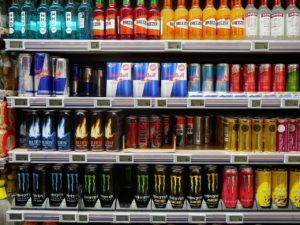
Is being overweight the result of consuming energy drinks in children only? No. There are many other factors to consider such as the eating in general and the physical exercise. However, the abuse of these soft drinks reflects interesting consumption patterns. Do not forget that their parents allow them to ingest tremendous amounts of sugar y caffeine. Two substances that require moderation due to their adverse effects.
What are these effects?
Among those of the caffeine we find some well known as restlessness, nervousness o headaches. Others, such as difficulty concentrate o sleep, are listed. These last two can be very worrying for the little ones, since they are in a developmental stage. We also find some ocmo increase in blood pressure, acceleration of the heart rate or stomach discomfort.
These effects worry the AESAN, which recommends avoiding the consumption of energy drinks in children up to eleven years. Then they could do it very moderately. As for sugar, the agency itself especially highlights its dangers. One can contains up to fifteen envelopes of sugar! Therefore, we can understand the high rates of overweight y obesity among minors. As well as the appearance of chronic diseases and disorders of all kinds. Diabetes, malnutrition, heart problems y lack of concentration are some.
What is failing?
It is obvious that any parent wants the best for their children. Thus, the main theory is that the increased consumption of energy drinks in minors comes from uninformed parents. The marketing it can lead to misconceptions. Many confuse them isotonic drinks for recovery after sport. It is also common for advertising to designate them as soft drinks. This is why they offer them to their children when the heat arrives.
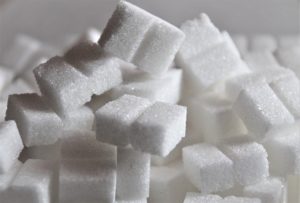 The most unfortunate thing is that it does not affect all families equally. They are usually the families with fewer resources y initial and continuous the most misinformed. In this way it is that they become more influential in the face of marketing. This explains why wealthy families have better habits than those from environments in a situation of poverty. poverty.
The most unfortunate thing is that it does not affect all families equally. They are usually the families with fewer resources y initial and continuous the most misinformed. In this way it is that they become more influential in the face of marketing. This explains why wealthy families have better habits than those from environments in a situation of poverty. poverty.
Are there solutions?
Surely. The key would be to clearly explain to parents what they are giving their children. Therefore, it may be a bad idea to advertise them as products that add vitality and strength. Francisco José Ojuelos, an expert lawyer in Food Law, has an idea. He proposes to leave in the past the name of Refreshing drink. In this way, the option protected by law would be to call them drinks sugary o sweetened. Thus, the consumption of exorbitant amounts of sugar and caffeine would not be trivialized.
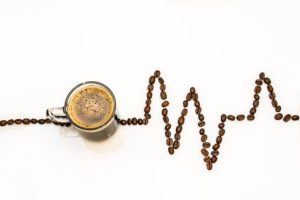
El Minister of Consumption Spanish, Alberto Garzón, has not yet presented concrete measures. You have recalled that the inclusion of the warning is already mandatory: «High caffeine content: Not recommended for children or pregnant women or breastfeeding ». He has been meeting with experts since the publication of the AESAN study to develop a new regulation. Meanwhile, it will promote awareness and education programs. In addition, parents will have digital media, like this one, that provide information on food.


